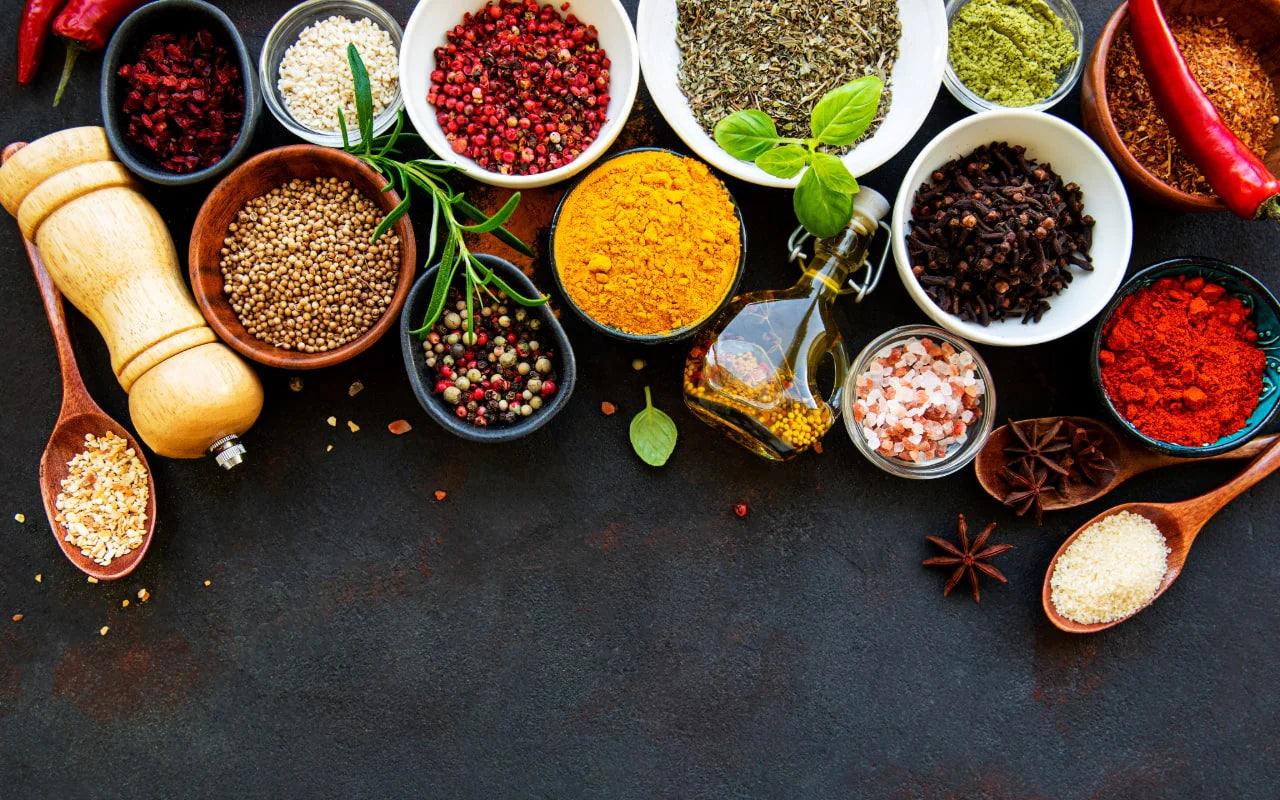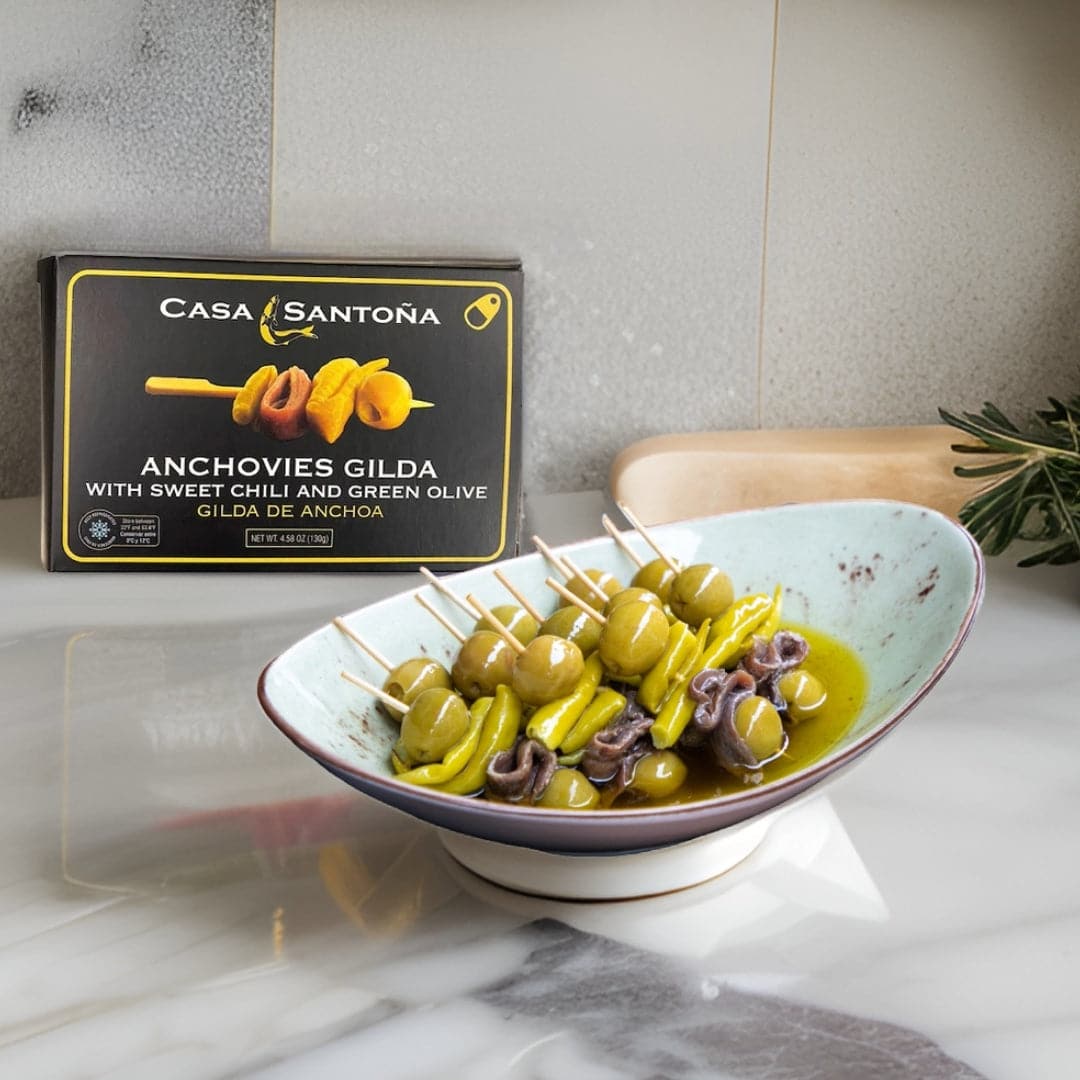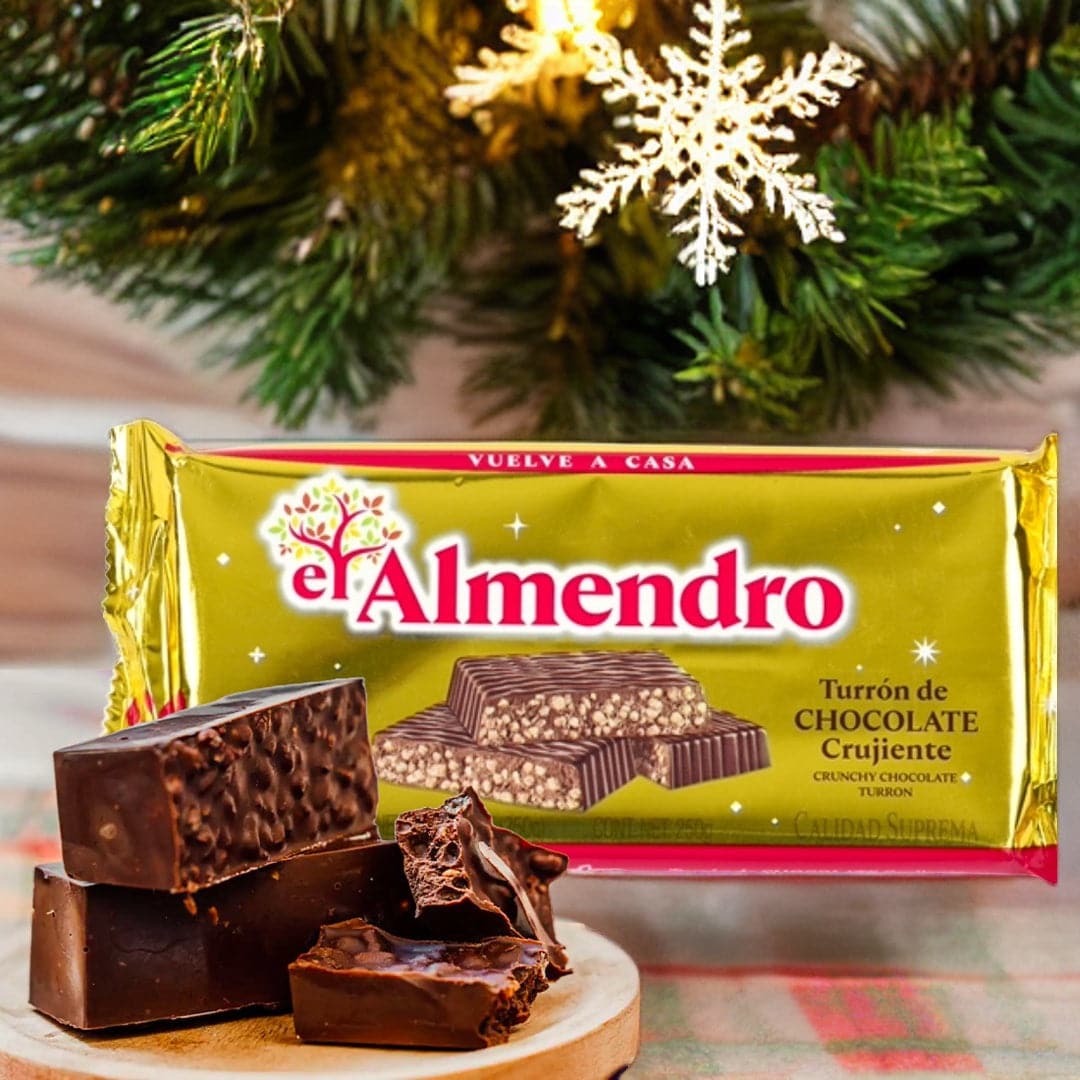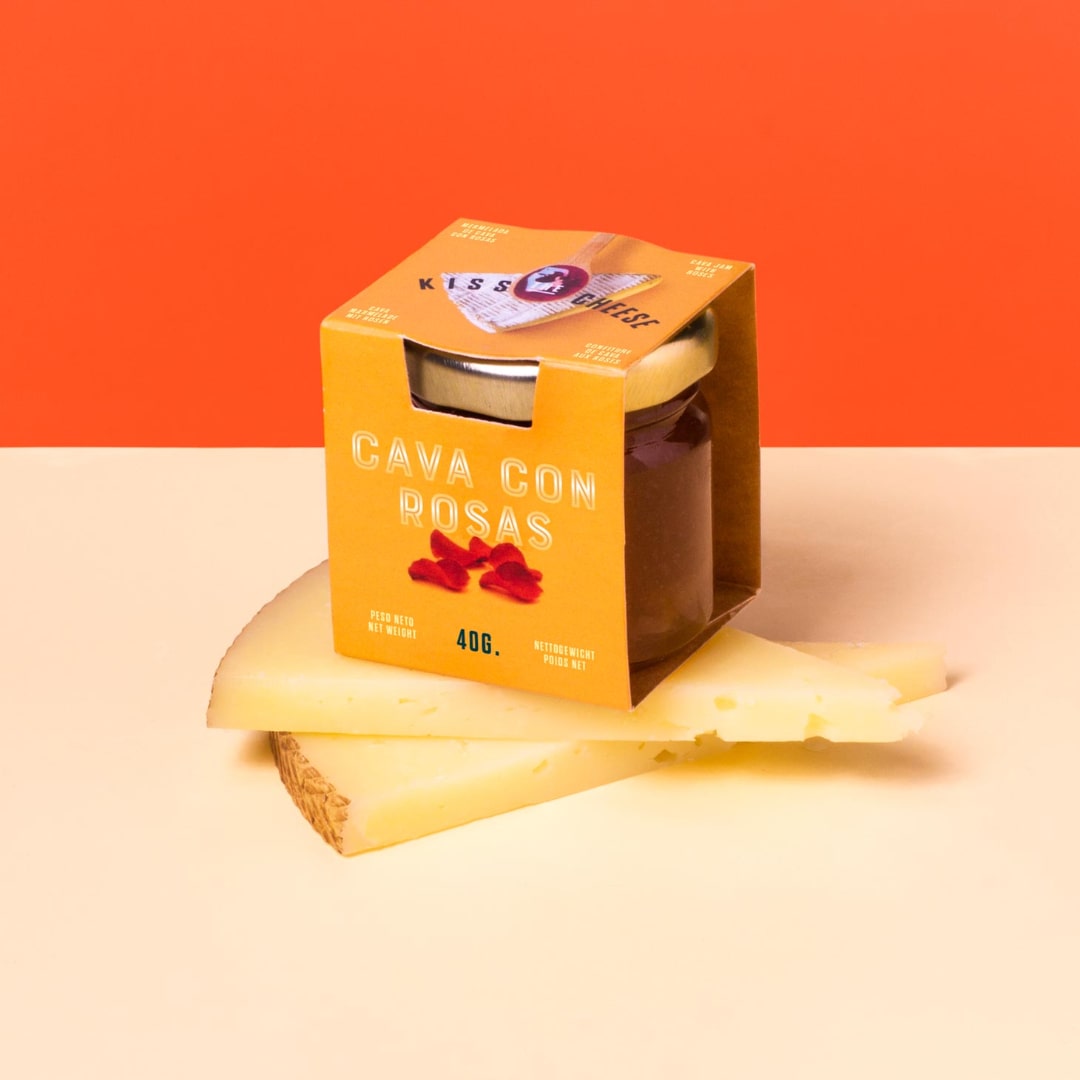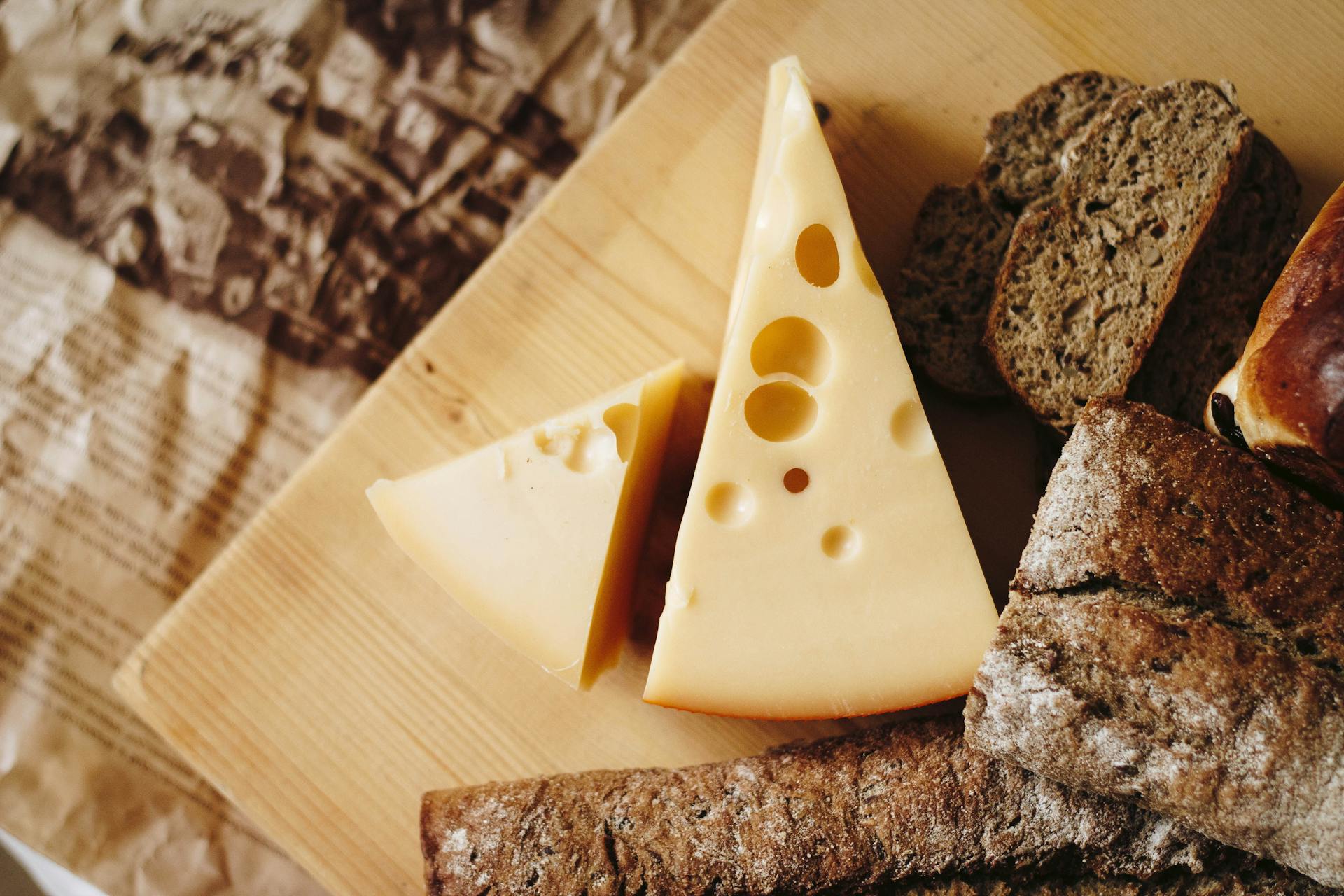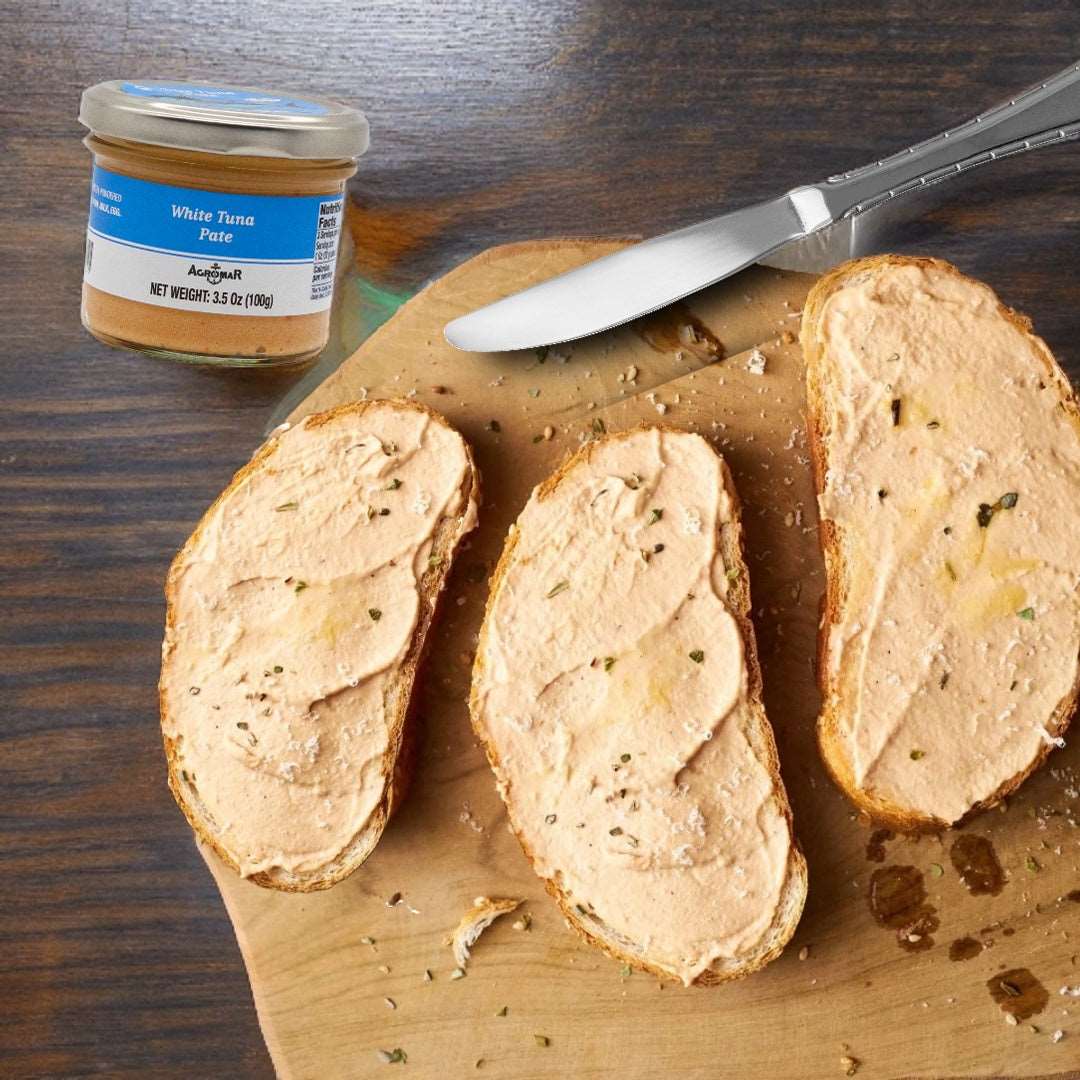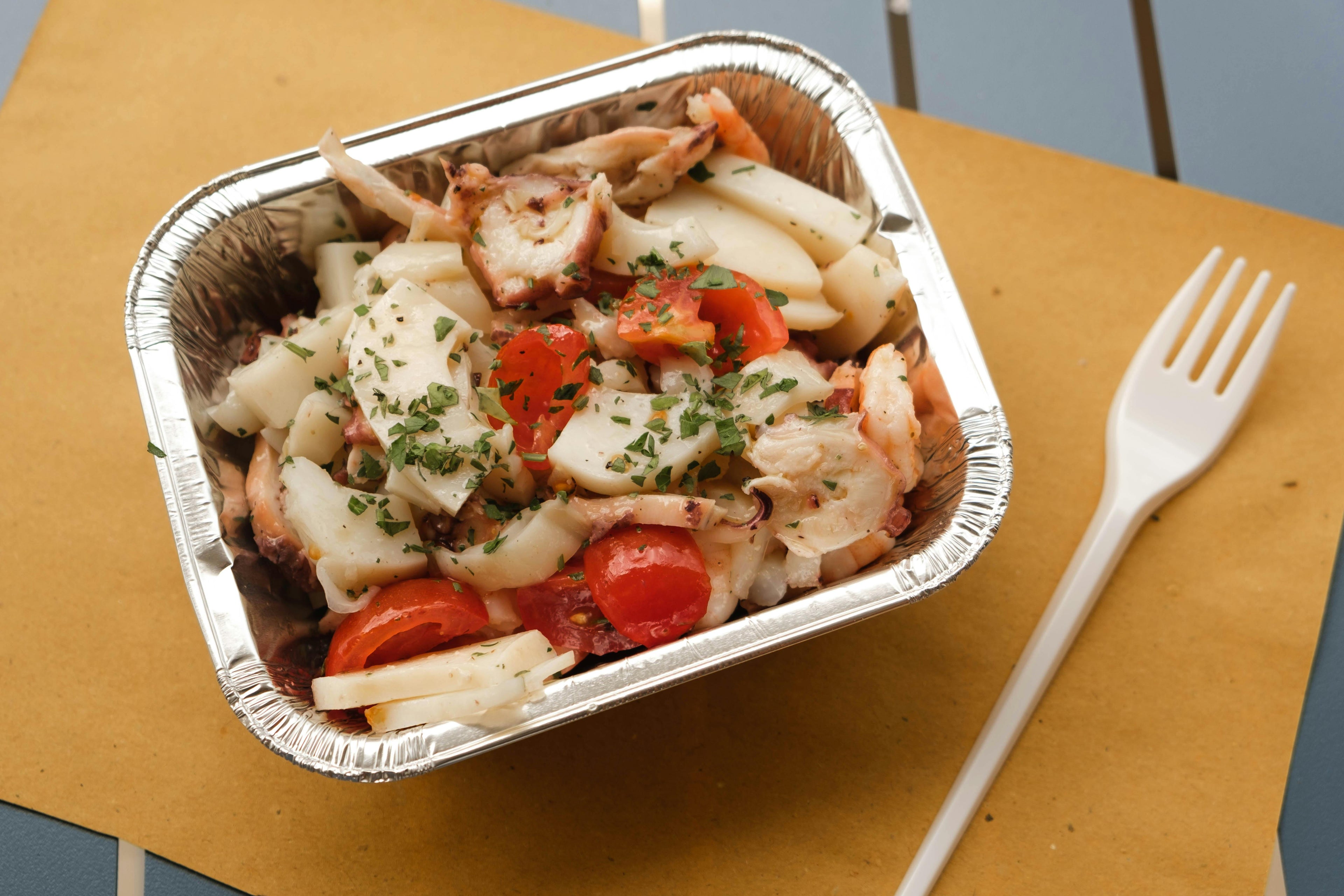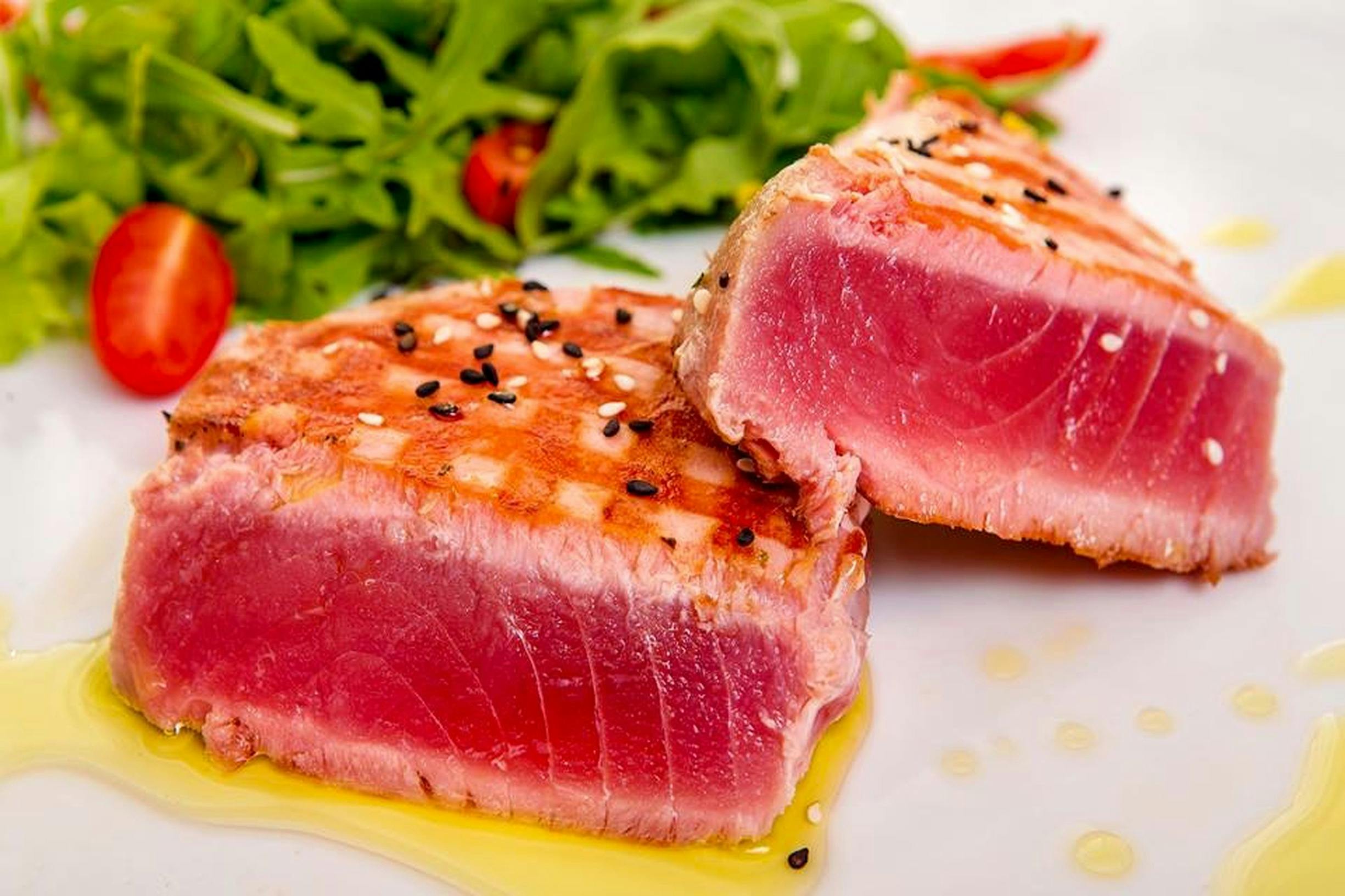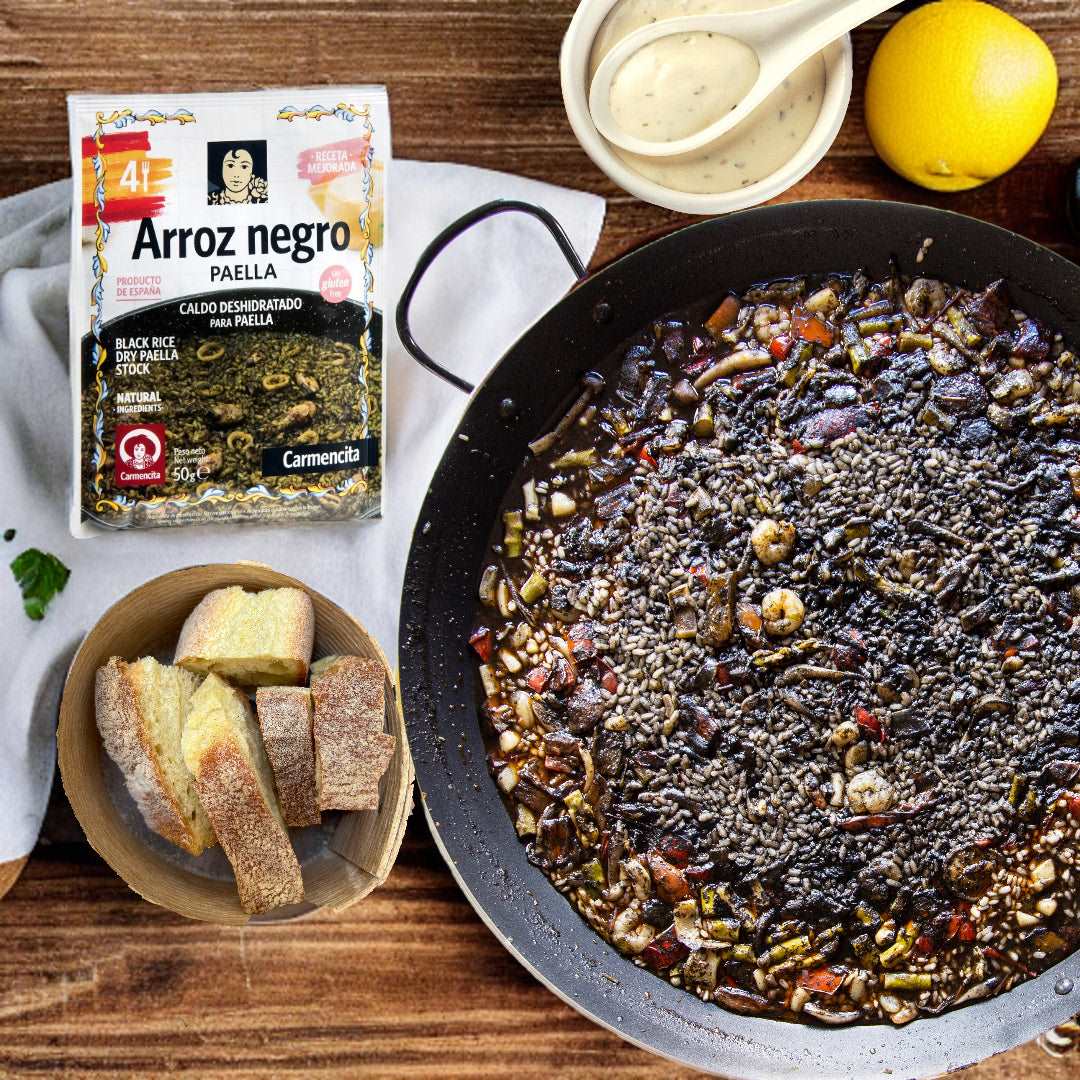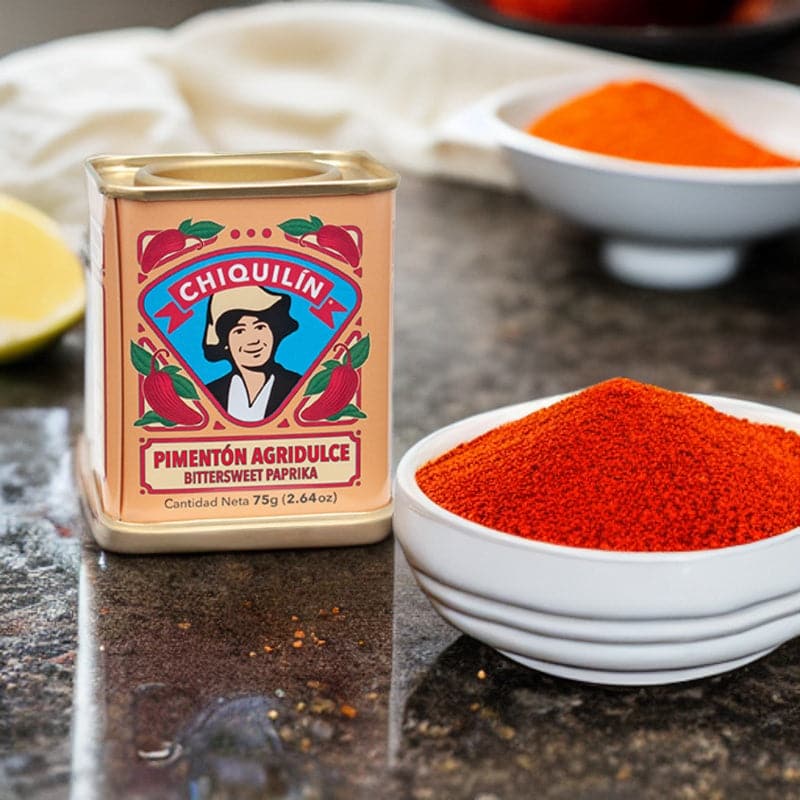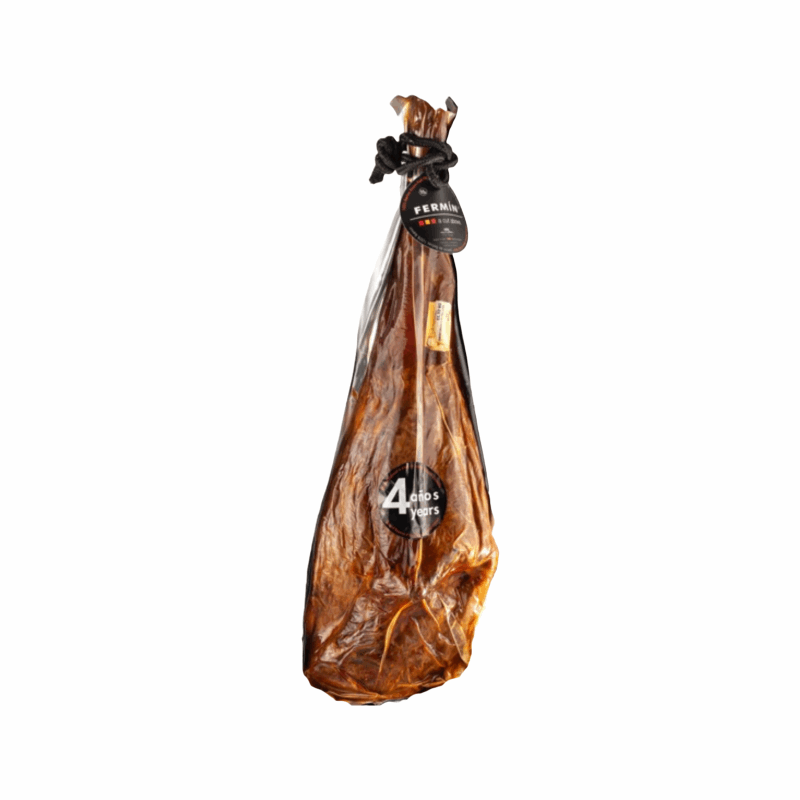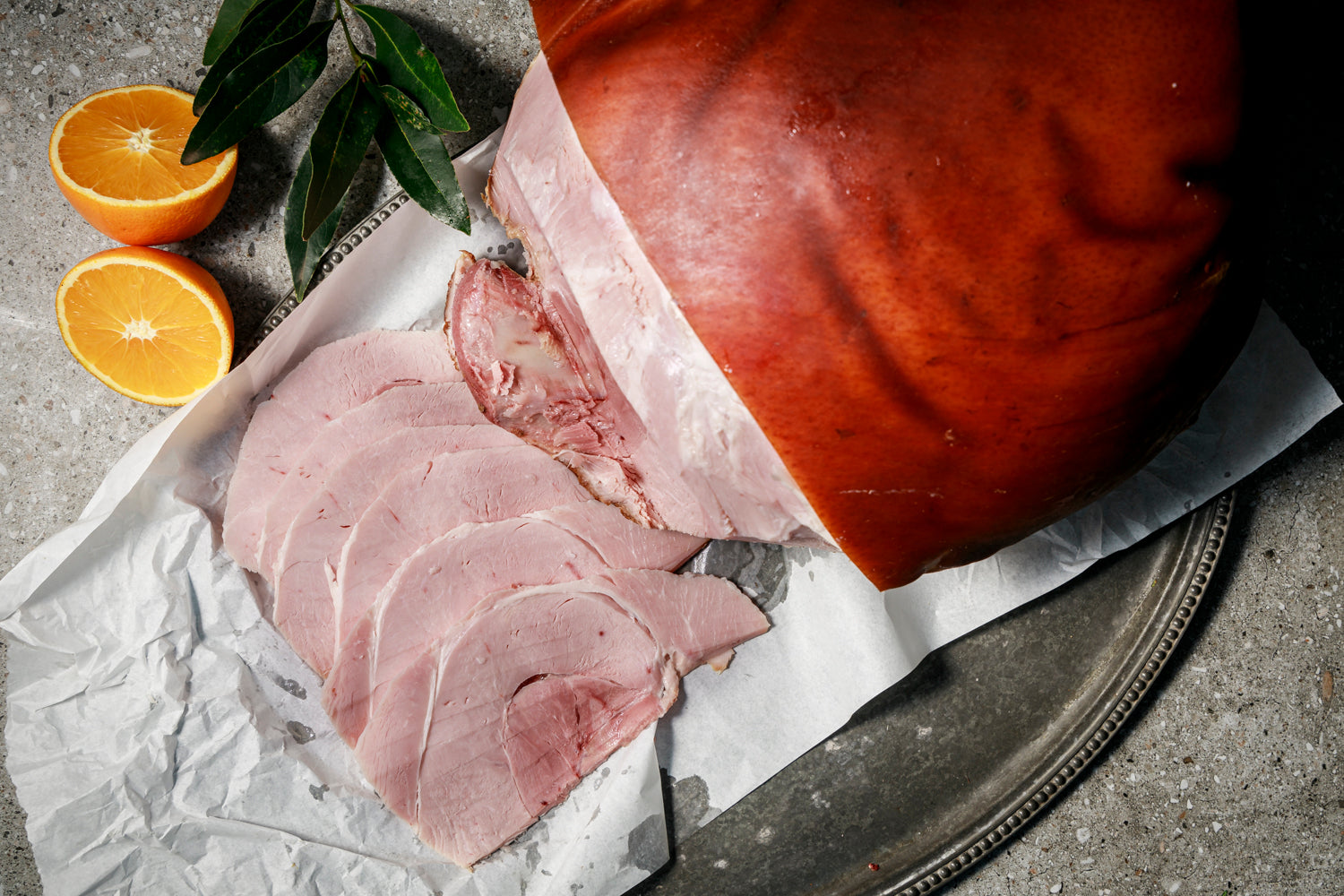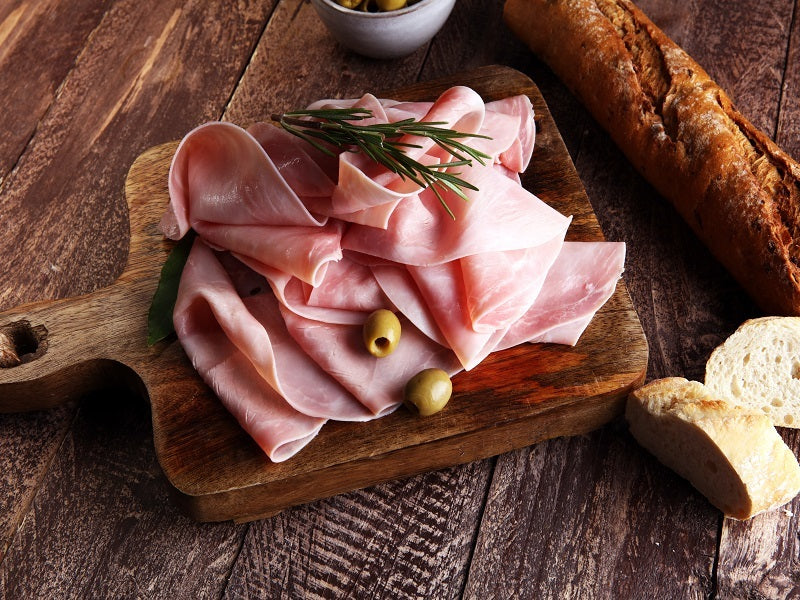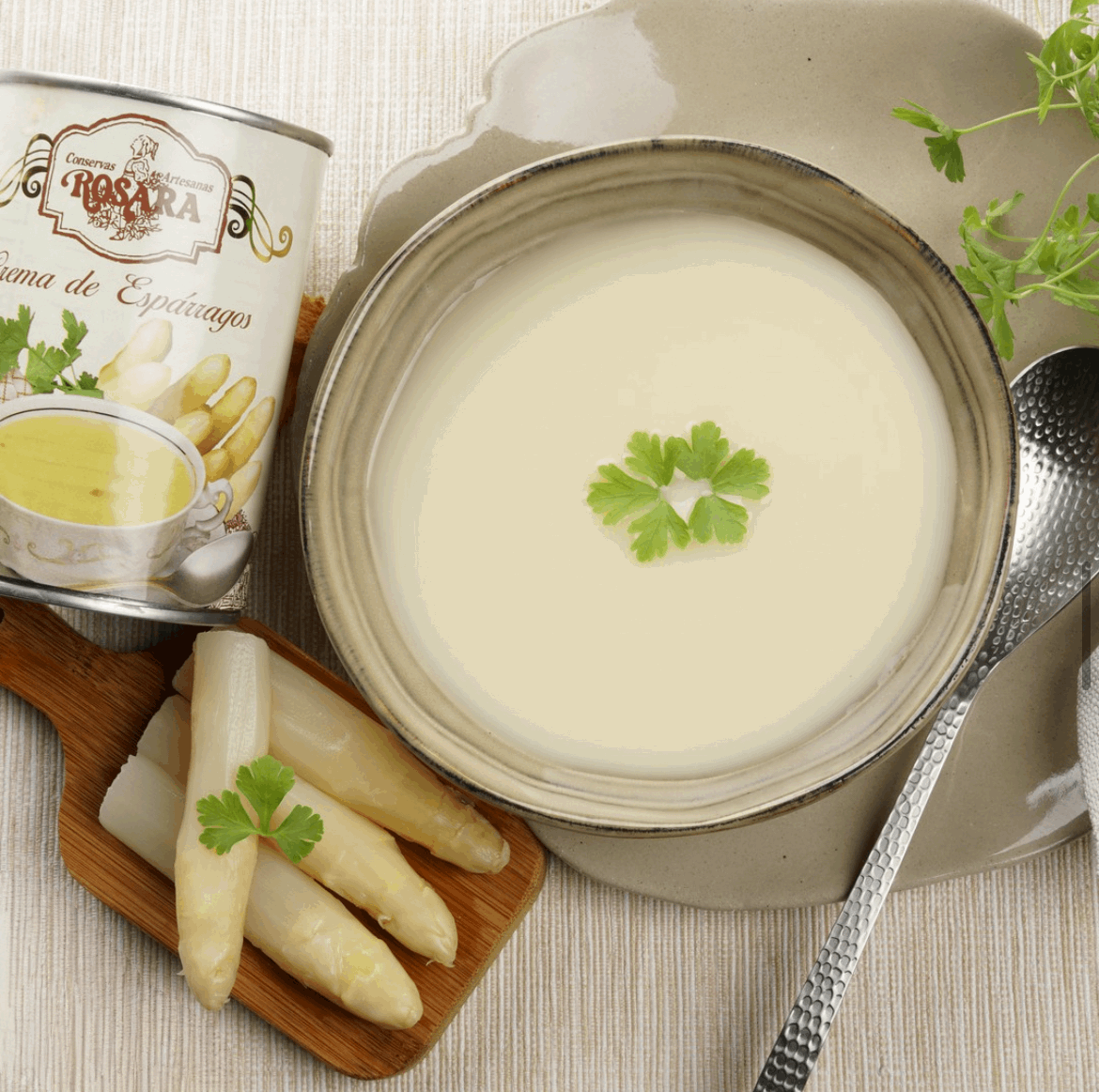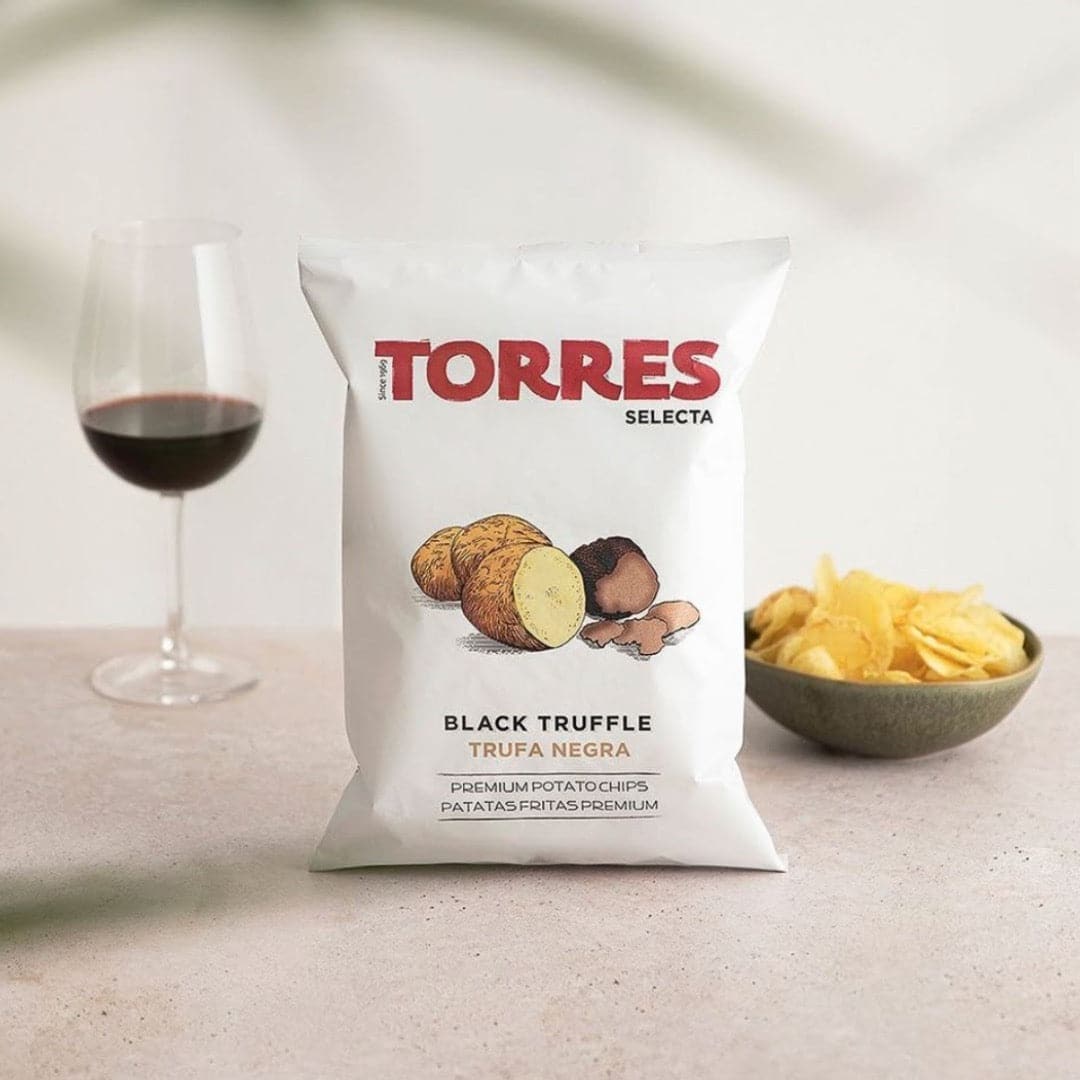
The Art of Pairing Wine with Food: A Beginner’s Guide
Pairing wine with food can enhance the flavors of both the dish and the drink. But if you’re new to wine, it might seem like a daunting task to match the right bottle with your meal. In this guide, we’ll explore simple principles of wine pairing, so you can confidently select a wine for any occasion.
Basic Principles of Wine Pairing
- Balance Intensity: The intensity of the wine should match the intensity of the food. A bold red wine like Cabernet Sauvignon pairs well with rich, hearty dishes like steak, while a lighter white wine like Sauvignon Blanc is better suited for delicate dishes like fish or salads.

- Acidity is Key: Wines with higher acidity, such as Pinot Grigio or Chianti, pair well with foods that have acidity, such as tomato-based dishes or vinaigrettes. Acidity in the wine cuts through the richness of fatty foods, creating a balanced flavor profile.

- Complement or Contrast: You can either complement the flavors of the food (e.g., pairing a buttery Chardonnay with creamy pasta) or contrast them (e.g., pairing a sweet Riesling with spicy Thai food) to create interesting flavor combinations.

Popular Wine and Food Pairings
- Red Meat and Red Wine: A classic pairing, red wines like Merlot or Cabernet Sauvignon complement the robust flavors of red meat.

- Cheese and White Wine: Soft cheeses like Brie pair beautifully with light, crisp white wines like Chardonnay.

- Dessert and Sweet Wine: For dessert, opt for a sweet wine like Port or Sauternes to complement rich, sugary treats.

Sources:
- Wine Enthusiast provides in-depth tips on food and wine pairing (Wine Enthusiast, 2023).
- Decanter offers advice on matching wine with specific dishes (Decanter, 2022).


